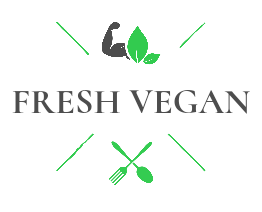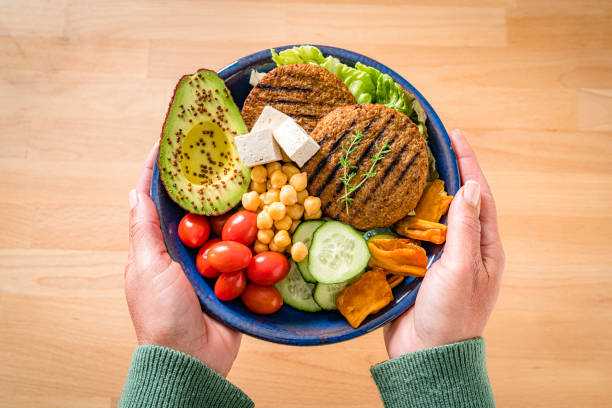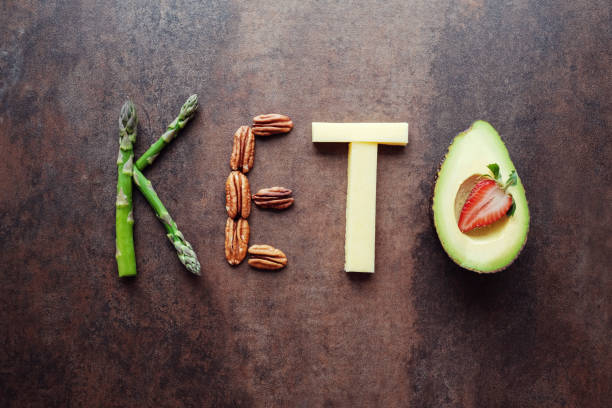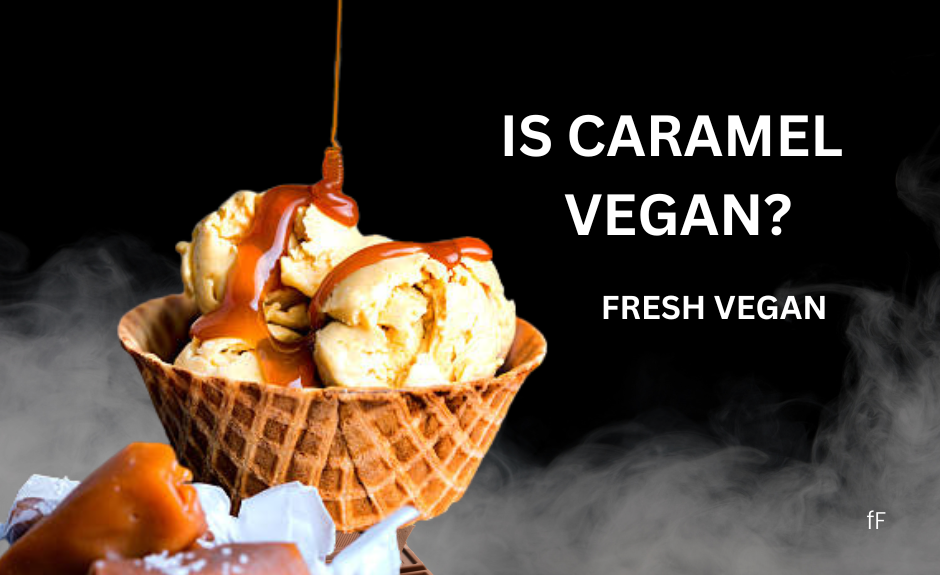As a vegan, it’s crucial to maintain a healthy and sustainable vegetarian diet. This lifestyle requires careful planning to ensure proper protein levels. Therefore, you must be mindful of the protein you consume daily to meet your nutritional needs.
Let’s explore together how vegans can ensure they get proper protein levels, how to identify high-protein vegan foods, and how to appreciate the nutritional value of vegan proteins.
What Steps Should Vegetarians Take to Ensure They Get Proper Levels of Proteins?
As vegans, you can take the following steps to ensure you get proper levels of proteins in your diet:
- Understand your protein needs
- Choose High protein vegan foods
- Maintain a balance between essential and non-essential amino acids
- Enhance absorption of proteins
- Make a diet plan containing high-protein vegan foods
- Be consistent
1-Understanding Protein Needs
Proteins are the building blocks of our body and are crucial for repairing tissues, producing enzymes, and supporting overall growth. The recommendation for daily protein intake is different. Your protein needs depend on different factors, including age, gender, and activity level, but a general daily requirement for proteins is 46 grams for women and 56 grams for men.
As a vegan, it is crucial for you to maintain these requirements through plant-based sources. For example, a rice meal with beans can be a complete protein combination since it provides all the essential amino acids.
What Are Vegan Proteins?
Proteins derived from plants are vegan proteins. These include legumes, grains, nuts, seeds, and vegetables. They are considered an alternative to animal proteins. By consuming them, you can get a variety of other essential nutrients such as vitamins, fibers, and minerals. In order to ensure proper protein levels in our diet, it is important to understand the versatility of vegan proteins and how we can incorporate them into our daily routine.
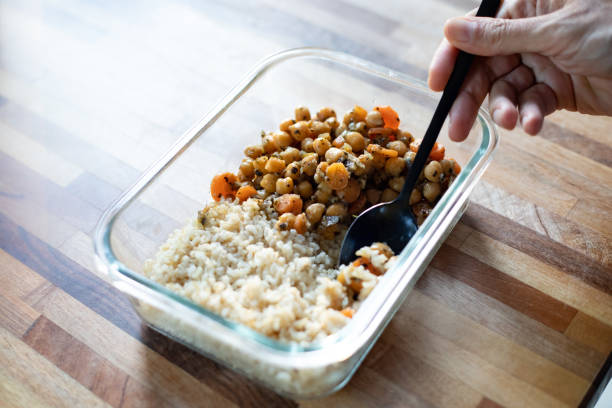
Top 10 High-Protein Vegan Foods:
Here is a list of top 10 vegan foods:
Tofu and Tempeh:
Tofu and Tempeh are both rich in protein and very versatile. These are made from soybeans. Tofu, with about 10 grams of protein per half-cup, and tempeh, offering around 15 grams, allow a wide range of nutrition and delicious meal options as they can be added to stir-fries, salads, and sandwiches.
Legumes and Pulses:
Beans, lentils, chickpeas, and peas are excellent sources of protein. One cup of cooked lentils provides about 18 grams of protein, making them a staple in vegetarian diets. You can significantly boost your protein intake by incorporating a variety of legumes and pulses into your meals.
Nuts and Seeds:
Almonds, chia, hemp, and pumpkin seeds are go-to options for snacking or adding to our daily meals. Two tablespoons of hemp seeds contain 10 grams of protein. We can add them to our oatmeal, salads, or blend them into smoothies. Peanut butter is also a rich source of proteins.
Quinoa:
Quinoa contains all essential amino acids and is considered a complete protein. One cup of cooked quinoa has about 8 grams of protein. It is gluten-free and has a very high protein level, making it the best option for those with gluten sensitivities.
Nutritional Yeast:
A yeast that is deactivated, often fortified with B12, and offers 8 grams of protein per two tablespoons is called nutritional yeast. Its cheesy flavor makes it famous for sauces, soups, and popcorn.

2-Balancing Amino Acids:
Since most of the plant-based proteins we use may lack one or more essential amino acids, combining different protein sources is always recommended to achieve a complete protein profile. For example, eating rice and beans together is considered a complete meal since it provides all the essential amino acids. If we understand this balance in a vegan diet, we can make informed choices when it comes to our nutritional needs. Other examples include combining quinoa with tofu, lentils with brown rice, and peanut butter on whole wheat bread.
3-Enhancing Protein Absorption:
You can take the following steps to enhance your protein absorption:
A-Soaking and Sprouting:
Soaking and sprouting legumes, nuts, and seeds can enhance protein absorption. Protein absorption refers to the process by which our bodies break down dietary protein into its constituent amino acids, which are then used to build and repair tissues. Soaking and sprouting these foods can enhance this process, making the protein we consume more readily available for our bodies to use.
B-Complementary Foods:
Iron absorption from plant sources can be improved if we combine different proteins with bell peppers, rich in vitamin C. Similarly, nutritional absorption can be enhanced, and gut health can be improved if we start consuming probiotics from fermented foods.
4- Understanding the Nutritional Value of Vegan Proteins:
Legumes, nuts, and seeds, which are vegan proteins, can provide nutrients like fiber, vitamins, minerals and also essential amino acids. For example, iron and folate are found in legumes, which are essential for red blood cell production and overall health. Healthy fats and antioxidants are found in nuts and seeds, which can help reduce the risk of chronic diseases. You can enjoy the following high-protein vegan foods.
- Tofu (1⁄2 cup): 181 calories, 21.8g protein, 3.5g carbs.
- Tempeh (1⁄2 cup): 159.5 calories, 17g protein, 6.4g carbs.
- Seitan (1⁄3 cup): 120 calories, 21g protein, 5g carbs.
- Nutritional yeast (3 tbsp): 60 calories, 8g protein, 5g carbs.
Moreover, you can also choose vegan keto diet or alkaline vegan diet according to your needs.
5- Consistency is the Key!
To ensure proper protein levels in your body, stay consistent with a high-protein vegan diet. Consult a nutritionist to get a personalised diet plan according to your body’s needs and follow it with consistency. Sticking to a well-planned vegan diet is key to sustaining optimal health and ensuring your body gets the necessary protein on a vegan diet.
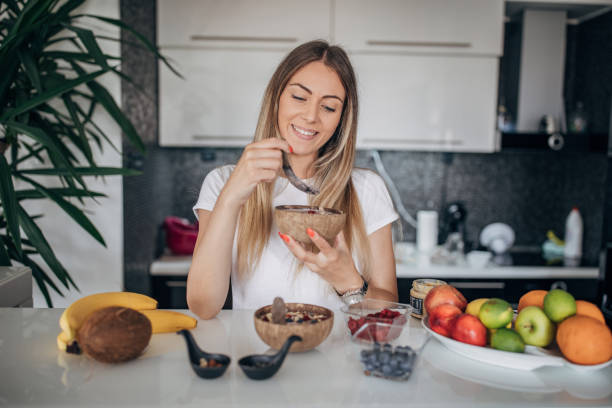
Final Thoughts:
To ensure proper protein levels in your vegetarian diet, you need to understand vegan proteins, incorporate high-protein vegan foods, and balance amino acids effectively. You can enhance protein absorption and maximise nutrient value by soaking, sprouting, and combining complementary foods. With mindful planning and a diverse diet, you can easily meet your daily protein needs and maintain optimal health. Consult
Frequently Asked Questions
How can vegetarians get enough protein?
Vegetarians can get enough protein by consuming various high-protein vegan foods, such as legumes, tofu, tempeh, quinoa, nuts, and seeds. Combining different plant-based proteins throughout the day can ensure a complete amino acid profile.
Are vegan proteins as good as animal proteins?
Vegetarian proteins can be considered as good as animal proteins, especially when combined to provide all of the essential amino acids. Different plant-based foods such as quinoa, soy, and a mix of legumes and grains offer a complete protein profile, which is necessary for our health.
What are the best sources of vegan proteins?
Some of the best sources of vegan proteins are beans, lentils, chickpeas, tofu, tempeh, quinoa, nuts, seeds, and nutritional yeast. Consuming these foods can provide high-quality protein and other essential nutrients. Other examples are seitan, edamame, spirulina, and plant-based protein powders.
How much protein do vegetarians need daily?
The daily protein requirement varies, but generally, women need about 46 grams while men need about 56 grams. However, individuals with an active lifestyle or specific health needs might require more, so it’s always a better idea to consult a nutritionist to help tailor your personal needs.
Can a vegetarian diet provide enough protein for athletes?
Yes, a vegetarian diet can provide enough protein for athletes by including high-protein vegan foods and ensuring a variety of protein sources. Protein shakes made from pea, hemp, or soy protein can also help meet higher protein demands. A vegan diet for body building mainly consists of high protein and low carb foods.
